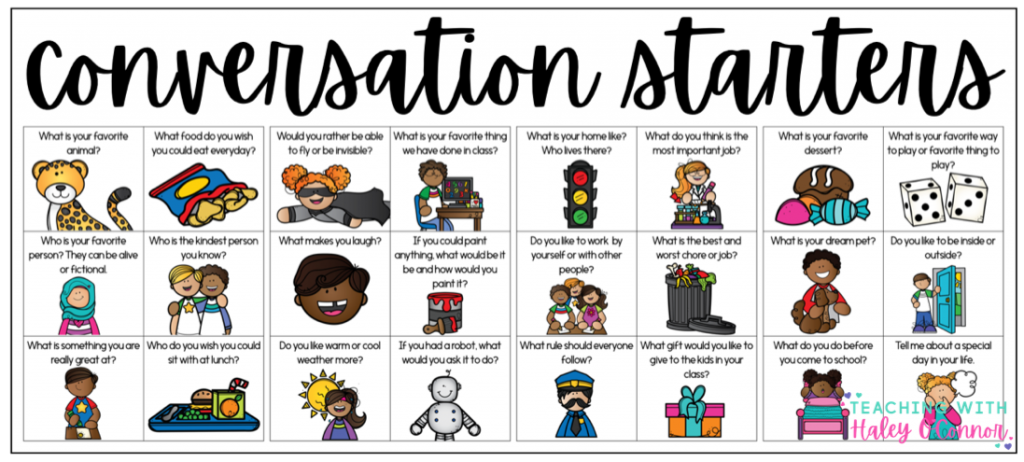2 by 10 Strategy
Have you heard of the 2×10 strategy for behavior management? The first time I heard about it was many years ago from my administrator. Many teachers on our campus were struggling daily with classroom behavior and referring students to the office on a regular basis. We knew something needed to change, so she introduced us to this strategy.
Raymond Wlodkowski first wrote about it in a research study that you can read more about here. I also enjoyed reading this article from Angela at The Cornerstone for Teachers.
The “two by ten” strategy provides teacher with a specific and consistent way to build relationships with students who are struggling with their classroom behavior. If you have a student in your classroom who’s struggling to keep his hands to himself, complete her work, or use kind words, you might want to give it a try! It’s truly so simple and I think you’ll find it is incredibly effective! In fact, a lot of research shows it improves ALL classroom behavior and not just for the student meeting with the teacher.
To start using two by ten in your classroom, you’ll need to identify a student who needs a little extra love. They might have frequent outbursts or struggle to keep friends. They will likely lack impulse control and may be a student you frequently send to another classroom or the office.
Then you’ll choose a time you can be consistent with. For me, I liked to start our day together so we would chat while other students were getting unpacked and starting on their morning work. Other teachers find the time right after lunch works well, or the very beginning of guided reading before you’ve pulled small groups.
Everyday, for 10 days, you’ll meet with the student during that time and talk about whatever they want. This isn’t a time to talk about their behavior or discuss their grades. It’s simply two minutes of casual, relationship-building conversation. t’s super important you’re not asking questions like “How will you make great choices today?” or “Let’s talk about what happened at recess yesterday.” While those conversations are super important, this is not the time. During this time, you will try to bond, encourage, compliment and get to know them.
At first, you may find the student doesn’t have anything they want to talk about. You can use conversation starters to help them. I created some free cards you can keep on your desk so you’re never without a topic. You can also try to model like this:
- Tell a funny story about your family.
- Do you have a funny story like that about your family?

There’s a few reasons this strategy really works.
- It’s non-threatening! Even for students who don’t feel confident academically can engage with us.
- It takes the focus OFF the behavior. Students get positive attention just because…not because they earned it or because they’re in trouble. This naturally builds trust and “buy in” from even the most challenging students.
- You learn about students. Of course you probably know their reading level and their needs in math. But do you know their favorite color or what they do on the weekends? This information can be invaluable!
- Other students see the student getting positive attention and begin to accept them and follow our lead. For many challenging students, peer acceptance is a huge function of their behavior. Showing students that we ENJOY their classmates can go along way in getting them to include each other.
If you use this strategy in your classroom, I’d love to hear about it! Let me know how it goes!
